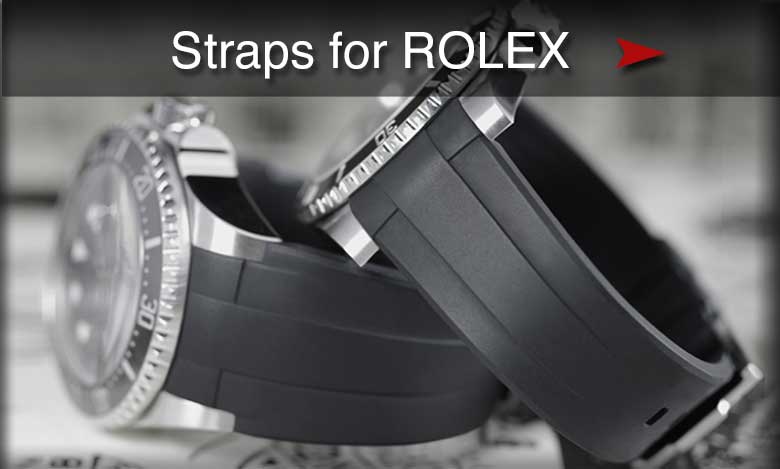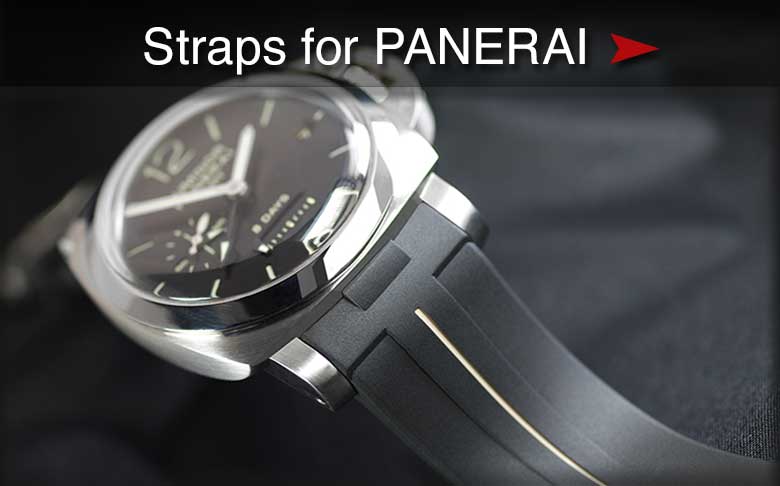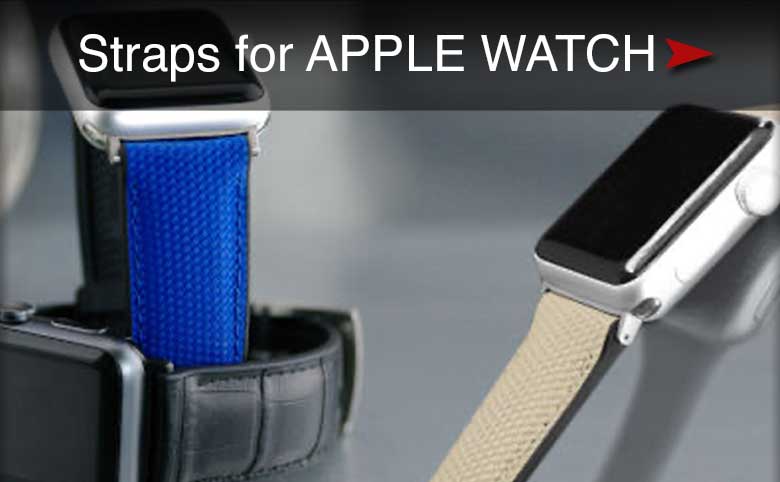Rolex has a limited number of clasps that they offer on their bracelets for a secure and comfortable experience that matches the aesthetic of their timepieces. The reliability of the clasps, either an Oysterlock clasp, Oysterclasp or Crownclasp, is tested over thousands of cycles of opening and closing to make sure that they meet the demands of everyday wear. The photos below show each clasp option with information about how they work.
Oysterlock

Featuring a sophisticated mechanism consisting of 15 micro-technical components, the Oysterlock clasp has a snap-fit lever that increases the finger force of the wearer when opening and closing. Accidental opening is prevented by a safety catch and cover over the folding clasp, shown in the photo above with Rolex’s crown logo.
Oysterclasp

The Oysterclasp pre-dates the Oysterlock and features a folding clasp with a cover, shown in the photo above on an Oyster bracelet. An easy way to differentiate between the Oysterclasp and the Oysterlock clasp is by the placement of the crown logo. On the Oysterclasp the logo is on the cover and on the Oysterlock it is part of the safety catch.
Crownclasp

The most discreet clasp that Rolex offers, the Crownclasp consists of folding blades concealed underneath the bracelet with a small crown-shaped lever used to open and close. This clasp is usually seen on Jubilee and President bracelets, but the watchmaker has also fitted it onto leather straps. As the photo above shows, the clasp is barely detectable but for the crown interrupting the pattern created by the links of the Jubilee bracelet.
For more information on all of Rolex’s watchmaking innovations, visit their official website at rolex.com. To find a rubber strap that incorporates the clasp of your Rolex watch, visit the e-Boutique at rubberb.com.


















